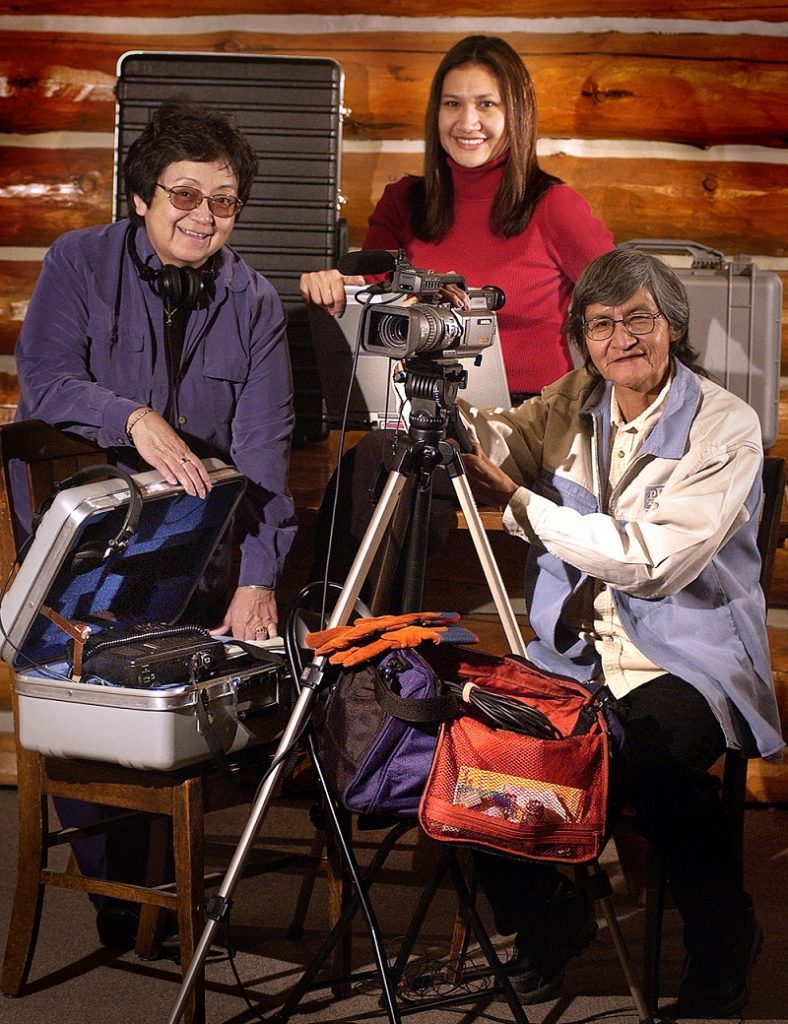Our Northern Cheyenne traveling exhibit, Coming Home: the Northern Cheyenne Odyssey, is one of the few exhibits researched, organized, and designed from a Northern Cheyenne perspective. As part of the WHC museum’s American Indian Tribal Histories Project, Northern Cheyenne historians, artists, and tribal members created this exhibit in 2008. The project of the WHC was directed by enrolled Northern Cheyenne member, Francine D. Spang-Willis. Pictured are team leaders for the American Indian Tribal Histories Project – Mardell Plainfeather (Crow / Apsaalooke), Francine Spang-Willis (Northern Cheyenne – Executive Director), and Rubie Sooktis (Northern Cheyenne).
The exhibit focuses on the stories of two Northern Cheyenne bands, one led by Chief Dull Knife and the other led by Chief Little Wolf, from 1876 to the present. While there are many tribal leaders and stories within the Northern Cheyenne history, this exhibit focuses on events leading to the Fort Robinson Breakout, its aftermath, the struggle of these bands to return to Montana and the establishment of the Northern Cheyenne Reservation in southeastern Montana in 1884. Events in the traveling exhibit are presented from the Northern Cheyenne perspective, with additional material from other sources. A highlight of the exhibit is the digital reproduction of an historical ledger book filled with artwork by a young Northern Cheyenne man, Little Finger. He illustrated his band’s experiences as they made their way from Oklahoma back to their Montana homeland. While Coming Home is a Northern Cheyenne story, it is a universal story of the triumph of will and the power of the human spirit against impossible odds.
















